
At Ably, we run a large scale production infrastructure that powers our customers’ real-time messaging applications around the world.

There are over one million Dockerfiles on GitHub today, but not all Dockerfiles are created equally.

Modern application infrastructure is being transformed by containers. The question is: How do you get started?

If you’re trying to learn Docker you will first have to master its various terminal commands. This guide aims to help you get started with basic docker commands. This tutorial assumes that you already have Docker installed on your system.
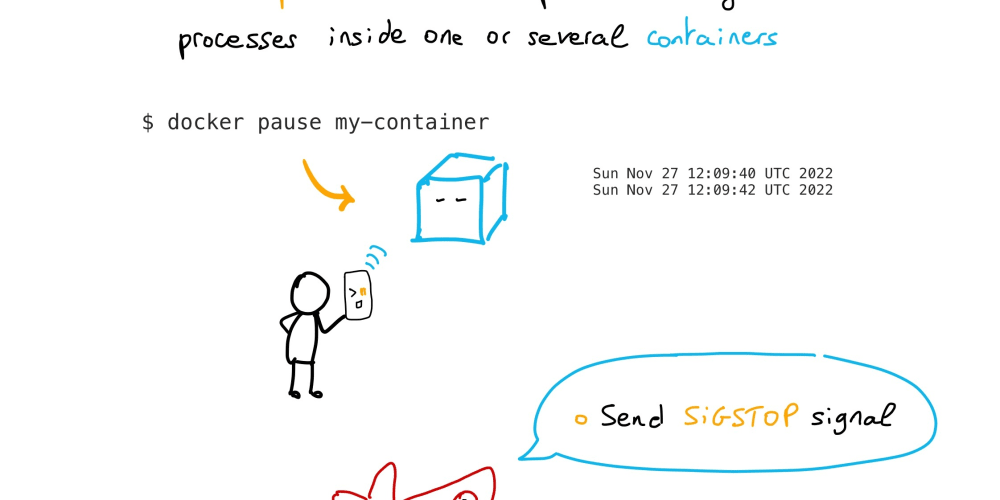
Understanding Docker can be difficult or time-consuming. In order to spread knowledge about Cloud technologies I started to create sketchnotes about Docker. I think it could be a good way, more visual, to explain Docker (and other technologies like Kubernetes and Istio).

What is docker? and how to use it with ruby on rails applications? and benefits of using docker. Docker is a platform for building, shipping, and running applications in containers.

This is the first post in the More than "Hello World" in Docker series. The series will help you ready your app: from setting it up locally to deploying it as a production-grade workload in AWS. There is no shortage of web tutorials on how to display "Hello World" in Docker.

In this post, basically, I don't put options. If you think this command is lacking something important, you will need to check Docker Doc(https://docs.docker.com/) pull command is almost same as git pull. Get an image to local from Docker hub.
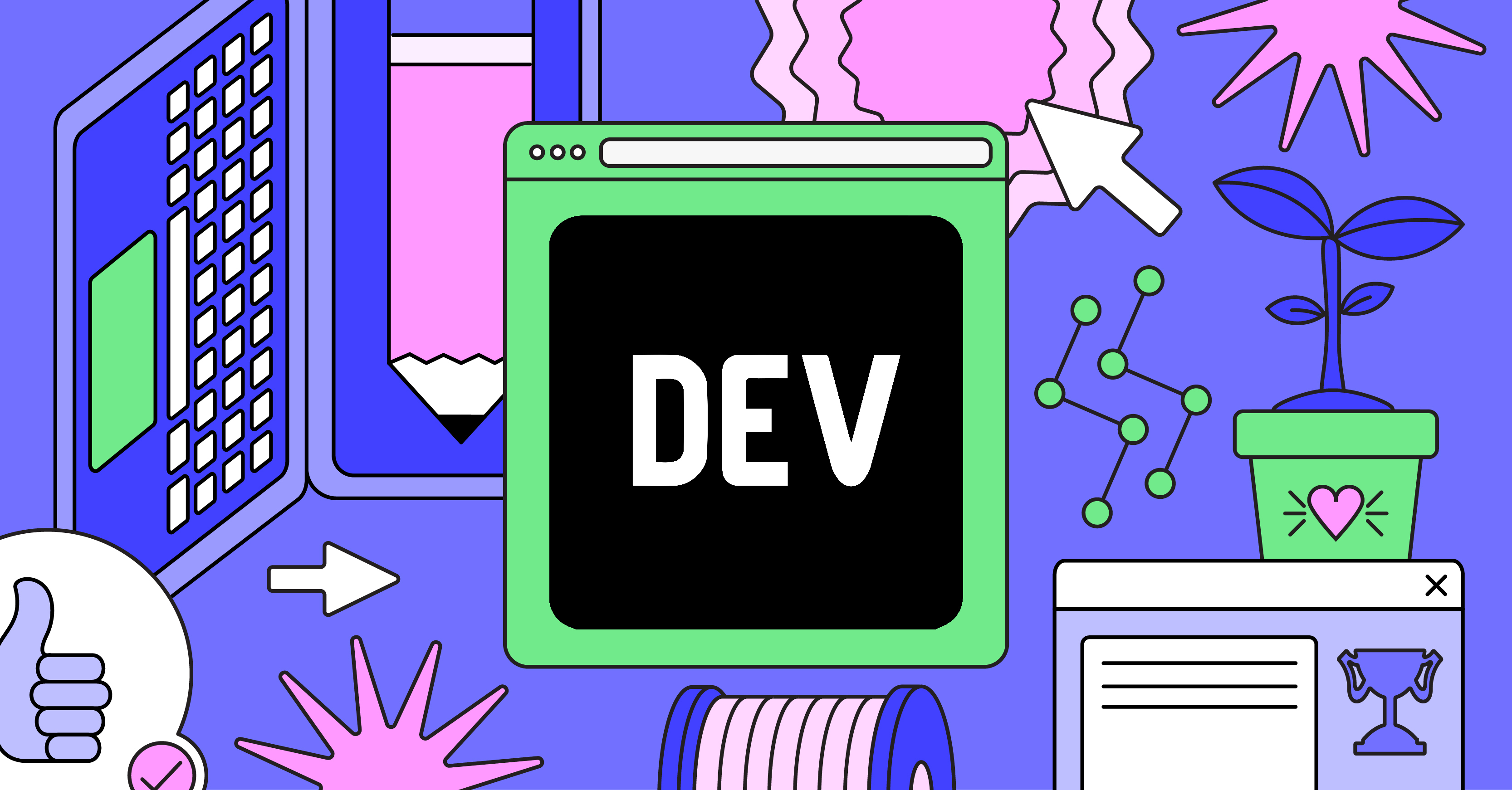
Scaling becomes a necessary part for your system when your system grows in popularity. There are two types of scaling: Vertical Scaling - Adding more resources (CPU, RAM, storage) to your single server.
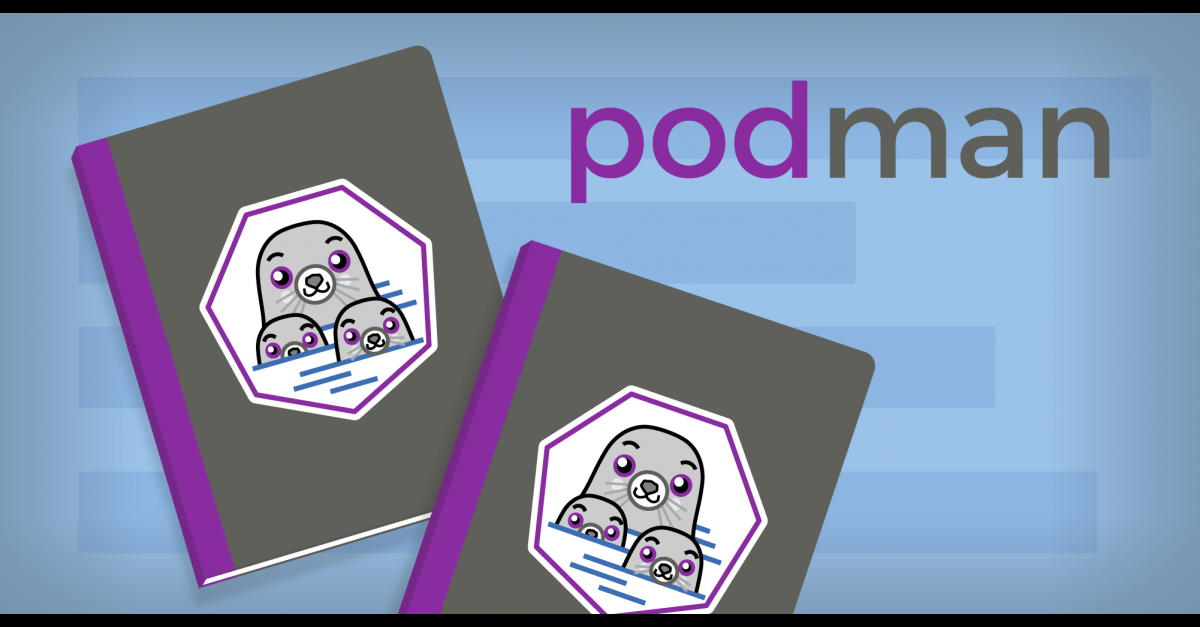
Podman is an excellent alternative to Docker containers when you need increased security, unique identifier (UID) separation using namespaces, and integration with systemd.

Get your Docker Cheat Sheet as PDF or as an image. To follow this article, make sure your development machine has Docker installed. In this blog post, we write our own Dockerfiles, learn how to create images, and finally run them as container. The complete source code is available on GitHub.
To use Docker in swarm mode, install Docker. See installation instructions for all operating systems and platforms. Current versions of Docker include swarm mode for natively managing a cluster of Docker Engines called a swarm.

If you don’t already know, Docker is an open-source platform for building distributed software using “containerization,” which packages applications together with their environments to make them more portable and easier to deploy.
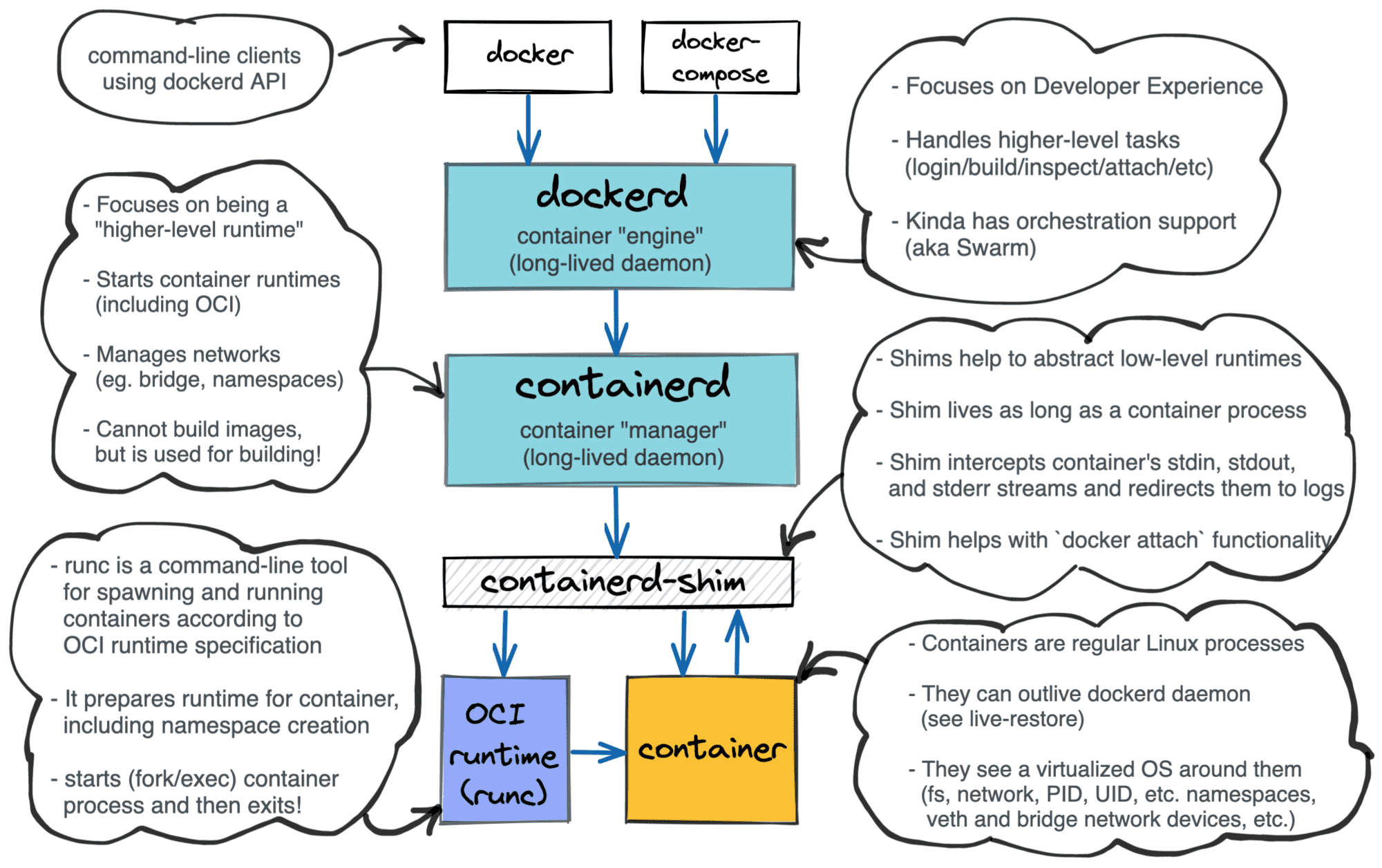
When I started using containers back in 2015, my initial understanding was that they were just lightweight virtual machines with a subsecond startup time. With such a rough idea in my head, it was easy to follow tutorials from the Internet on how to put a Python or a Node.

UPDATE: minor edits to mention that we do have a dedicated build server after this got posted to reddit. This might end up getting a lot of hate.
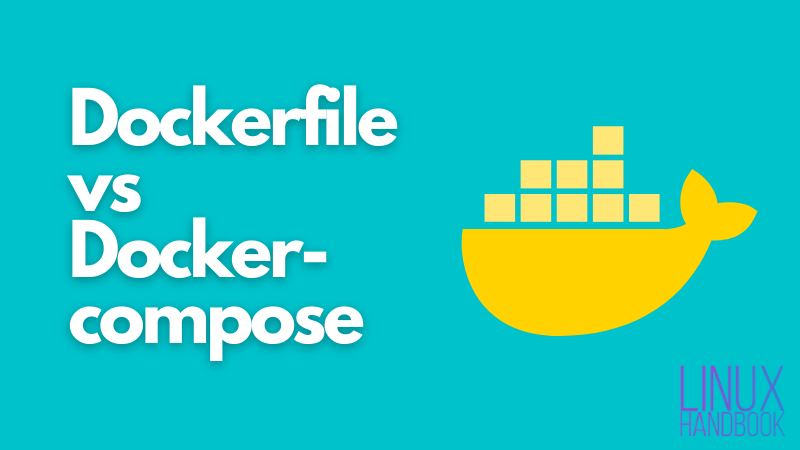
I've seen many people get confused between a Dockerfile and a Compose file. This is primarily because both are used to modify a Docker image in a way, though it's not technically correct.
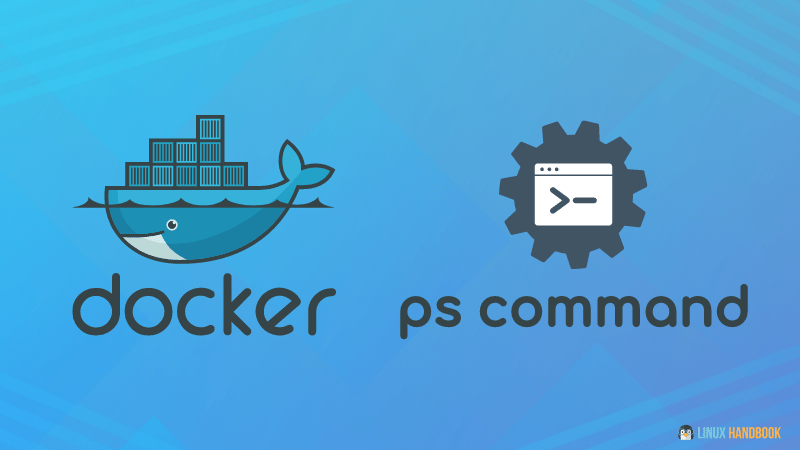
One of the first Docker commands you use is the docker ps command. It shows the running containers:

Docker can be confusing when you’re getting started. Even after you watch a few tutorials, its terminology can still be unclear. This article is intended for people who have installed Docker and played around a bit, but could use some clarification.

Docker can be confusing when you’re getting started. Even after you watch a few tutorials, its terminology can still be unclear. This article is intended for people who have installed Docker and played around a bit, but could use some clarification.
The Docker driver allows you to install Kubernetes into an existing Docker install. On Linux, this does not require virtualization to be enabled. On macOS, containers might get hung and require a restart of Docker for Desktop. See docker/for-mac#1835

Deployment is perhaps one of the most overlooked topics in the Machine Learning world. But it most certainly is important, if you want to get into the industry as a Machine Learning Engineer (MLE).
Setting up Rails for the first time with all the dependencies necessary can be daunting for beginners.

When we started our analytics company, we knew that closely monitoring and managing our infrastructure spending was going to be really important. The numbers started out small, but we’re now capturing, processing, and consuming a lot of data.

Don't panic, Docker containers and images are still alive. It's not that it will change everything. Yes, it is true. Docker is now deprecated in Kubernetes.
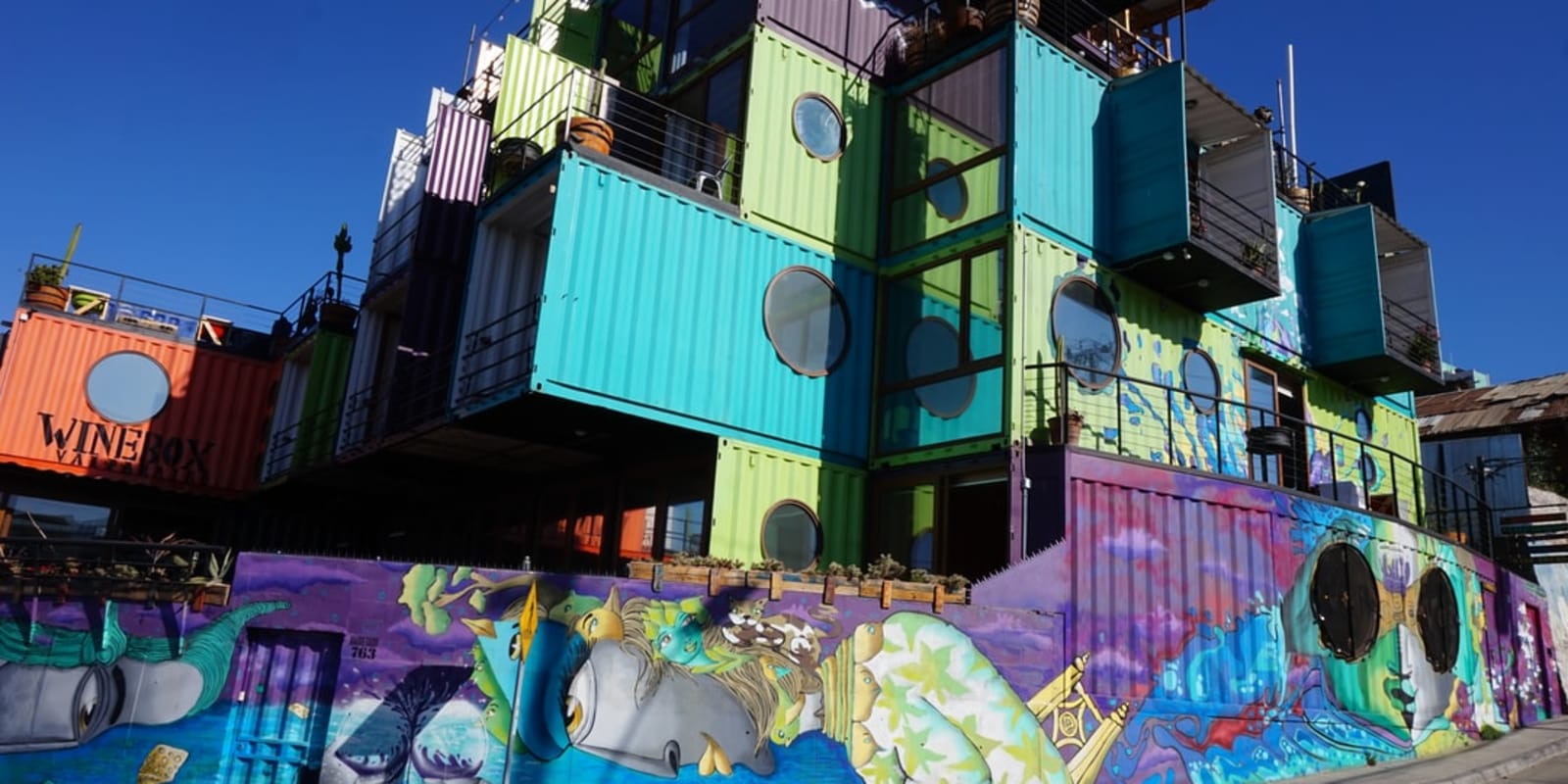
BTW, we're ⚡ hiring Infra, SRE, Web, Mobile, and Data engineers at Doximity (see roles) -- find out more about our technical stack. At Doximity, we are running more and more of our applications and services on Kubernetes.
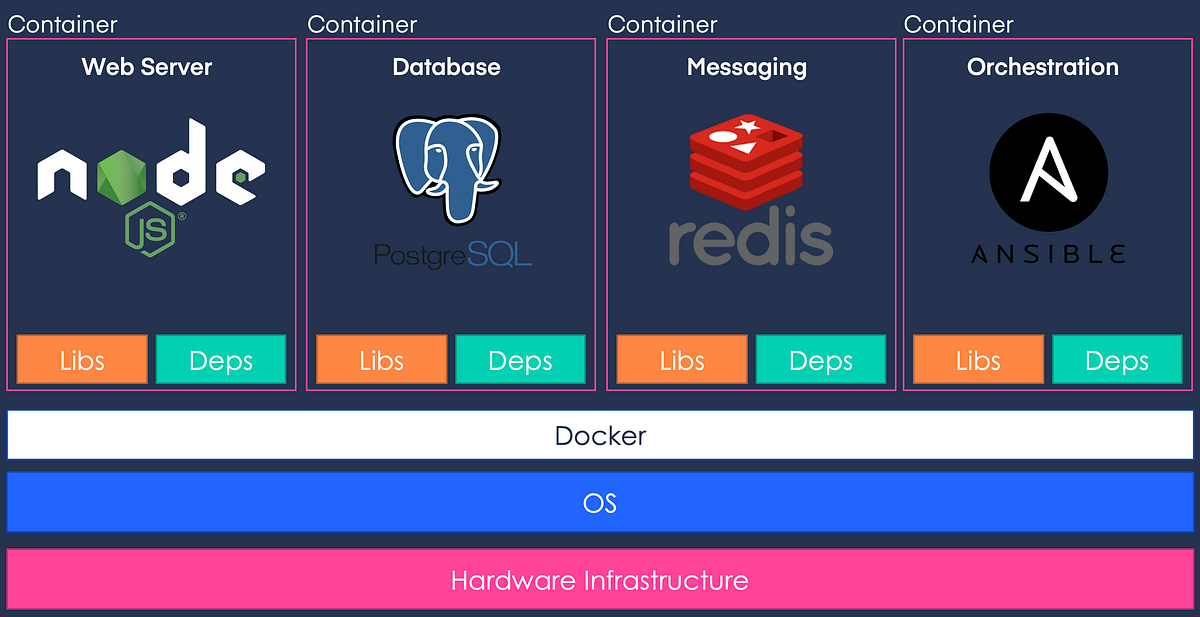
There are several courses available on this topic. Some of them are very short and do not serve any other purpose than a ‘Getting started course’, while others are super long and require you to spend several days to study and understand everything.
Kubernetes is a container orchestration system. This means that applications can be split between different containers and thus run faster and more efficiently. It is an open-source project and was first released in 2014.
Have you ever been intimidated by Docker’s fancy name and wondered what it is? — Great, This post is for you. In this post, we will cover what exactly this devil is and what it does.
Containers, images, environments, building, running, virtual machines.. when you’re new to Docker all of these abstract terms can be a bit confusing. In this article we’ll go through all of them and get an understanding of each term.

When you install docker it creates three networks automatically - Bridge, Host, and None. Of which, Bridge is the default network a container gets attached to when it is run. To attach the container to any other network you can use the --network flag of the run command.

Containers are hugely helpful for improving security, reproducibility, and scalability in software development and data science. Their rise is one of the most important trends in technology today. Docker is a platform to develop, deploy, and run applications inside containers.
Search writing on Towards Data Science Your home for data science. A Medium publication sharing concepts, ideas and codes.

When getting started with containers, it’s pretty easy to be shocked by the size of the images that we build. We’re going to review a number of techniques to reduce image size, without sacrificing developers’ and ops’ convenience.
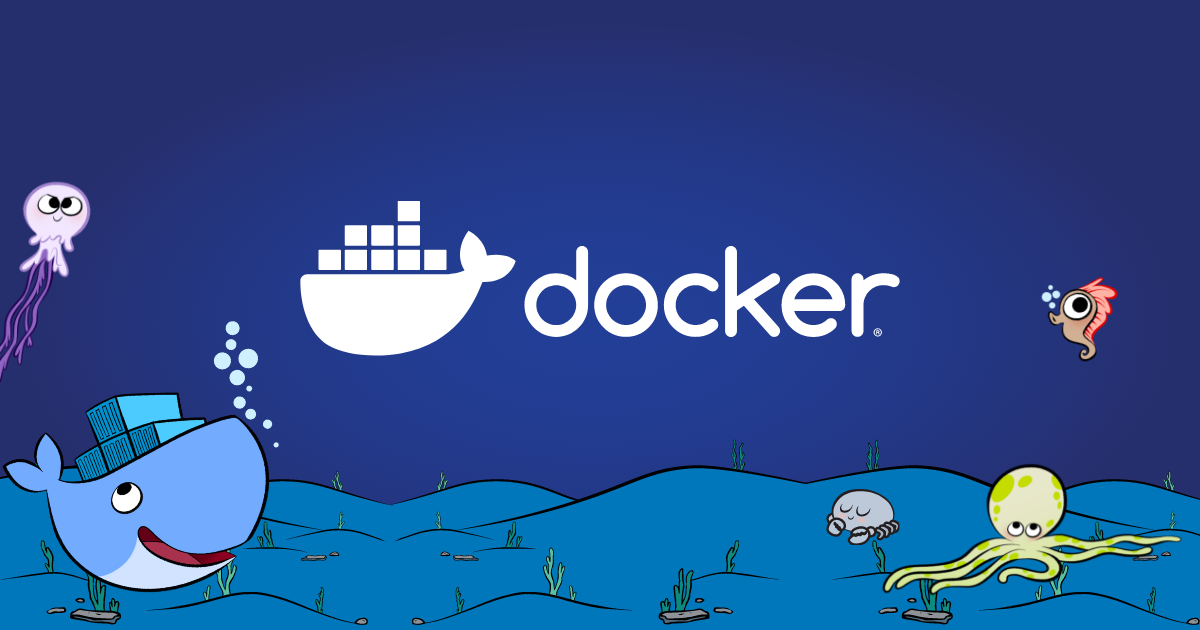
The most-loved Tool in Stack Overflow’s 2022 Developer Survey. Docker + Wasm = Awesome!

Today, we are thrilled to announce that Canonical will distribute its free and commercial software through Docker Hub as a Docker Verified Publisher.
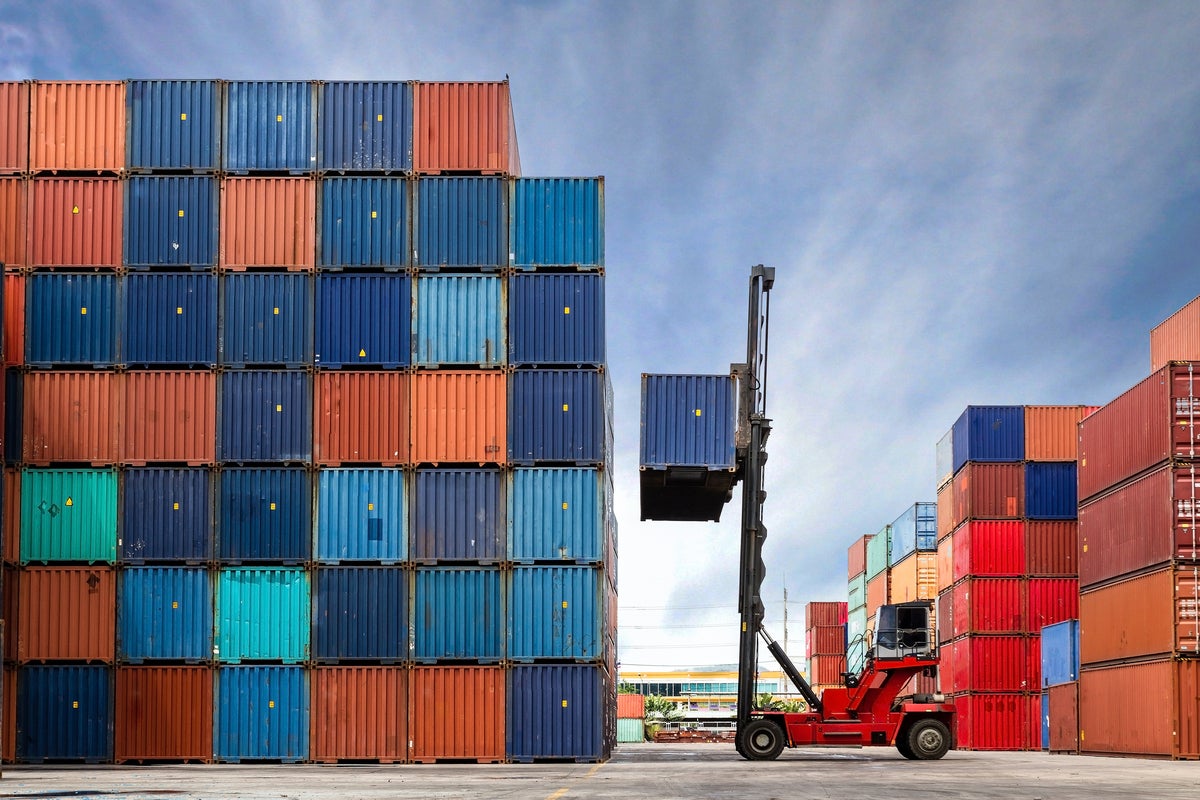
With the beta release of Ruby on Rails 7.1, the Ruby-based web application framework now will produce all the Dockerfiles needed to deploy an application. Unveiled September 13, Rails 7.1 beta 1 offers default Docker support.